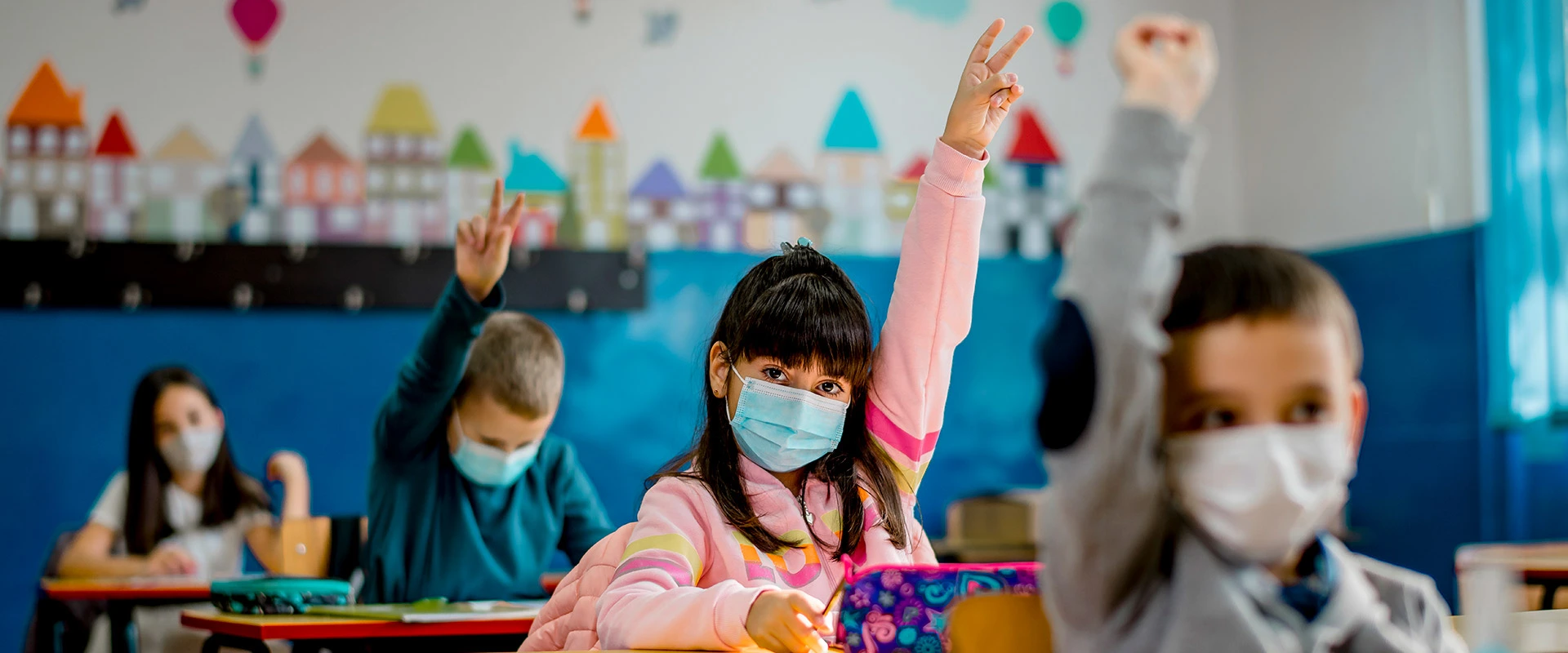As the nation continues to battle the COVID pandemic, institutions across the country, including schools, are working hard to ensure a safe reopening. According to the guidance issued by the Centers for Disease Control and Prevention (CDC), ensuring safe operations in schools requires maintaining healthy facilities - this includes adequate ventilation for good indoor air quality.
A 2020 study from the U.S. Government Accountability Office shows 41 percent of schools need to update or replace their ventilation systems.
The goal of this Guide is to:
- Provide a useful overview of indoor air quality
- Share tools that schools can use to improve air quality
- Offer guidance for navigating CARES/CRSSA funding to improve air quality in schools
The Basics
What You Can Do
Funds & Services
Promotional support for the Indoor Air Quality in Schools Guide generously provided by Airthings and Carrier Colorado.





